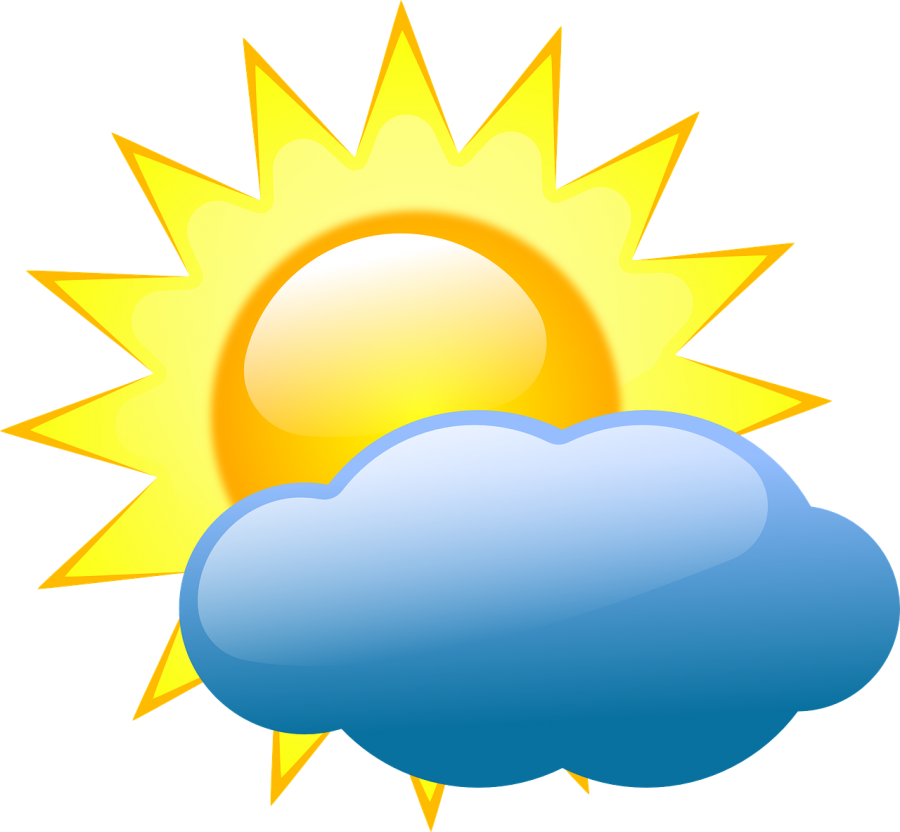Why are We Having Such a Mild Winter?
What happened to winter this year? I mean, seriously, 55 degree days in January and February? What is going on?
Data from the National Oceanic and Atmospheric Administration (NOAA) shows that the Northeast region of the United States, including Pennsylvania, is currently experiencing average temperatures that are 11 degrees above normal.
Your first thought may be that we are experiencing the effects of global warming. It’s important to remember, however, that weather—the daily and seasonal patterns of temperature and rain—is different from climate, which describes the long-term (as in hundreds of years) usual weather of a location.
According to NBC, “Though it may seem like another symptom of global warming, the warmer than usual weather conditions are more directly caused by an Arctic weather pattern that is trapping cold air in the polar region.”
Instead of climate change, most experts are attributing our warm winter to a phenomenon called arctic oscillation.
There are two phases of arctic oscillation: a “positive” phase and a “negative” phase. In the positive phase, there is a strong ring of winds in the arctic that prevents cold air from flowing south. This wind ring weakens in the negative phase, allowing the cold arctic air to move.
According to Mark Serreze, director of the National Snow and Ice Data Center, arctic oscillation has been in a mostly positive (strong wind ring) phase since early December.
If arctic oscillation is responsible for the warmer temperatures, does this mean that climate change has nothing to do with our daily weather yet? Not quite. According to Mashable, “Arctic blasts [very cold weather], like those in January of 2019, happen when the polar vortex becomes unstable and wobbly, allowing frigid air to spill south.”
Mashable adds that “Atmospheric scientists are deeply interested in why a perturbed polar vortex has become more frequent. There’s evidence that the incessantly warming Arctic — the fastest-warming place on Earth — has led to a weaker and less stable polar vortex, which means more outbreaks of freezing Arctic air.”
This means that we might be expecting more “arctic blasts” in the future as the climate continues to warm. This winter’s unusually high temperatures are unlikely to be representative of our future winters.
In the meantime, you can throw some shorts on and enjoy the warm weather while it lasts!

Chea Steinbach '20 is excited to begin his second year writing for the Banner. He describes himself as a "huge history buff" and also loves to write about...


